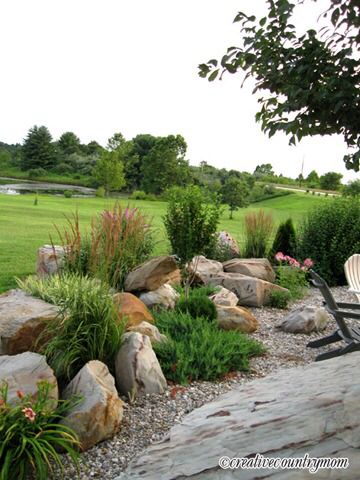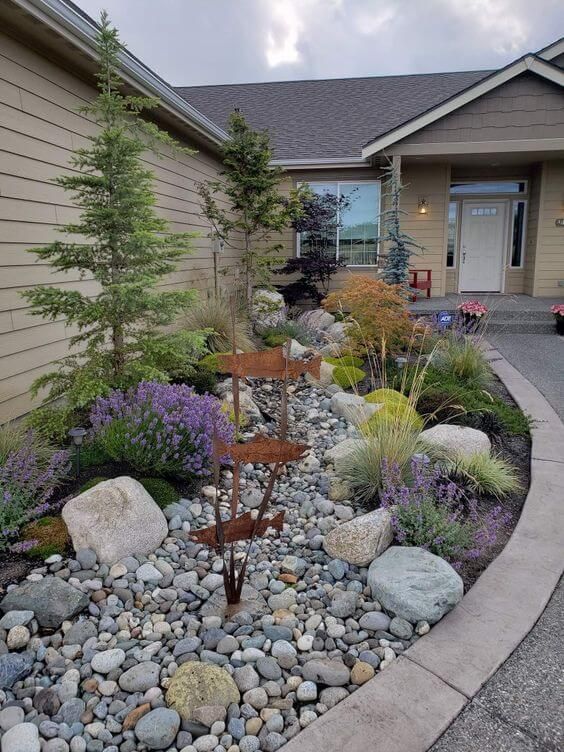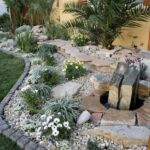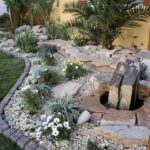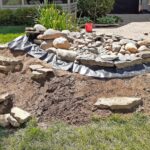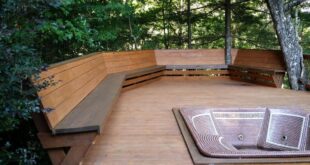Rock garden landscaping is a popular choice for both homeowners and businesses looking to add a unique and visually appealing feature to their outdoor spaces. Rock gardens can be designed in a variety of styles, from simple and naturalistic to more structured and formal designs.
One of the main advantages of rock garden landscaping is that it requires minimal maintenance compared to traditional gardens. With the use of rocks and gravel, there is no need for watering, mowing, or pruning, making it a low-maintenance option for busy individuals or those with limited gardening experience.
In addition to being low-maintenance, rock gardens are also environmentally friendly. By using rocks and gravel instead of grass or plants, rock gardens help conserve water, reduce the need for fertilizers and pesticides, and create habitats for insects and wildlife.
Rock gardens can also be designed to complement the natural landscape and terrain of the area. By incorporating rocks and boulders of varying sizes and shapes, rock gardens can create a sense of depth and texture, adding visual interest to the outdoor space.
When designing a rock garden, it is important to consider the placement of rocks and plants to create a balanced and harmonious look. Rocks can be used to create pathways, borders, or focal points, while plants can be selected based on their color, texture, and height to create a cohesive design.
Overall, rock garden landscaping is a versatile and low-maintenance option for adding beauty and interest to outdoor spaces. With the use of rocks, gravel, and carefully selected plants, rock gardens can be designed in a variety of styles to suit individual preferences and the natural landscape of the area.
